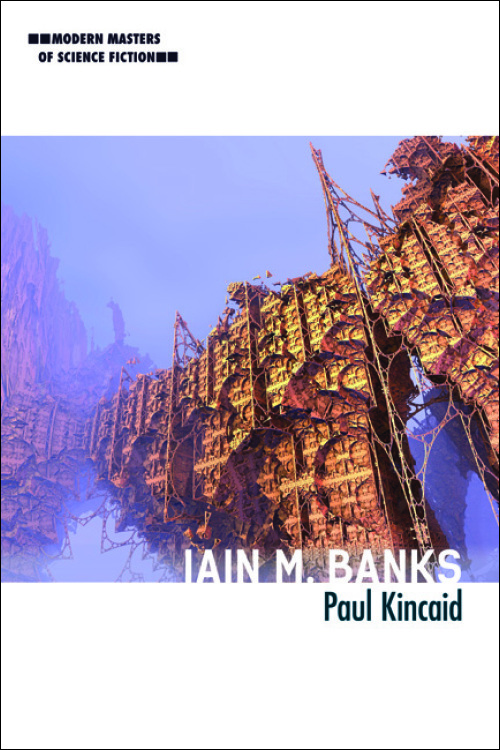What do you think?
Rate this book


208 pages, Paperback
Published May 12, 2017
JR: You've used the word "play" to describe your use of form and narrative structure. As I'm sure you know, in recent years the term play has been used to describe a certain kind of postmodern engagement with the world. To what extent do you consider your work to be postmodern?
IB: I confess I don't think about it at all. I've never been good on literary or societal theory. I've long since decided people like me just write what we do and let other people worry about the analytical side.
JR: Have you read any work by Michel Foucault, Jacques Derrida, or Emanuel Levinas (or any other continental philosophers)? If you have, what did you think?
IB: The little I've read I mostly didn't understand, and the little I understood of the little I've read seemed to consist either of rather banal points made difficult to understand by deliberately opaque and obstructive language (this might have been the translation, though I doubt it), or just plain nonsense. Or it could be I'm just not up to the mark intellectually, of course.
JR: You have written quite a few novels that use Freudian imagery and tropes—The Wasp Factory, Use of Weapons, The Bridge, Walking on Glass—What do you think of Freudian psychoanalysis?
IB: Never been entirely sold on it. I suspect Freud's theories tell you a great deal about Freud, quite a lot about the monied middle-class in Vienna a hundred-plus years ago, and only a little about people in general. Like Marx, he was too keen to insist that his area of study was genuinely a science. Also like Marx, though, he provides a genuinely useful and insightful (if, especially in Freud's case, limited) way of looking at people and their hidden lives (well, more implied lives with Marx, relating to their economic function within a society). Anyway, I can honestly say that I've never deliberately included any Freudian imagery in my stories, so what's there must be the result of my subconscious. . . . Uh-oh. . .